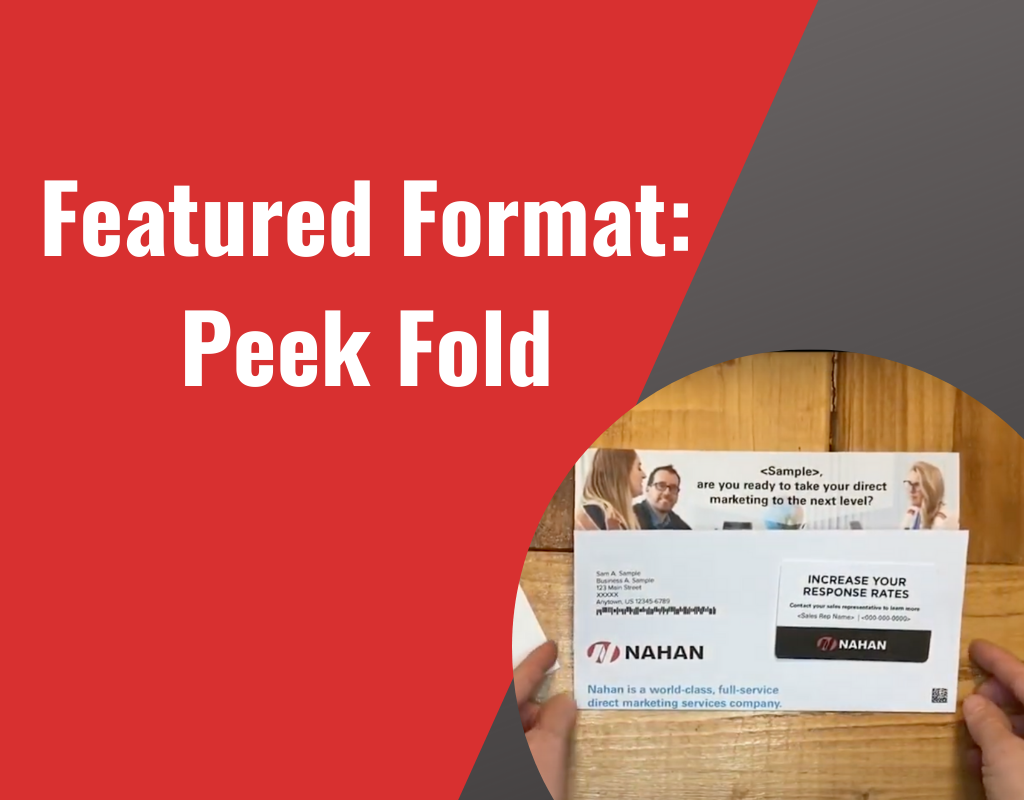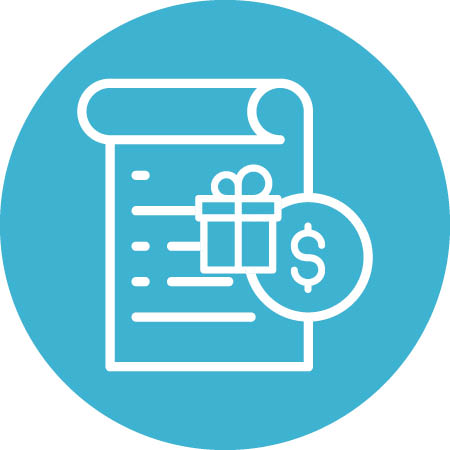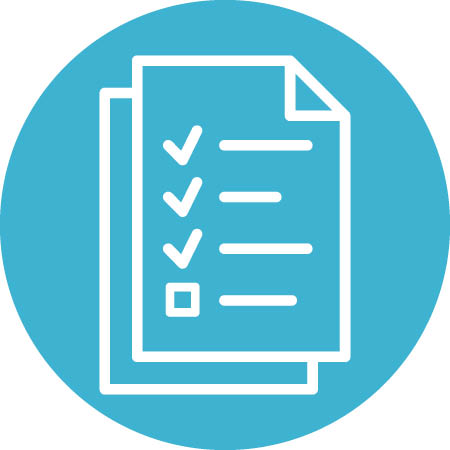Author: Mike Dietz, Sr. Creative Director
I have been developing direct mail for more than 20 years. That’s right, before the digital age changed the way marketers connected with their customers. To some, direct mail seems like an ancient marketing tool that should have gone out of style like pay phones. So why is it still such a critical channel for so many successful marketers today? The answer is simple…it works.
Creating direct mail campaigns in 2021 is dramatically different then creating them in 2000, but there are two pillars that remain the same and are the cornerstones to successful campaigns.
Get noticed.
The first pillar is the ability to create a physical piece that will stand out in the pile of mail that we encounter each day when we return from the mailbox. We want to create a mail piece that makes it to the next round of scrutiny and not one that takes an express trip to the recycling bin never to be opened.
I want you to think about your personal process of sorting mail, what causes you to keep or to toss? How do you perceive size and weight? How do you interact with flashy promotional packages compared to simple plain envelopes with very little information on them? Unfortunately, there isn’t a black and white answer when it comes to selecting a creative approach. There are proven tactics that aid in the development of a successful mail piece, but each project provides their own set of unique factors. Brand recognition, audience, offer, budget and competitive pressure all contribute to the creative strategy that help shape the final product.
Convince me.
The second pillar is the challenge of motivating someone to engage. To read or at least scan the contents of package and spark a desire that the product or service will save them money, create a sense of security or make their life easier.
Offer, benefits, and understanding the barriers that influence the consumers decision making process, make up the core considerations of messaging and positioning. These factors are driven by data and what we know about our audience. Much like the challenge of getting a mail piece opened, there is no magic answer. There are proven best practices that can be followed to establish a solid platform that you can build from.
Harder than you think.
Direct mail creation is hard. To be successful, the piece needs to capture the consumer’s attention in a short period of time. The wonderful thing about this channel is that everything is measurable. The other amazing thing about direct mail is that it will never be perfect. Ongoing testing is the lifeblood in developing consistent and healthy programs. Understanding what is working (and not working) is critical. Testing insights need to be strategically leveraged to improve controls or develop innovative creative challengers.
Experience Matters.
As you can see, there is a lot to think about when you take on a direct mail project. Life in the world of direct mail is never boring; each day brings new challenges and new puzzles to solve. I haven’t even mentioned production or postal requirements. I will save that for another blog.








